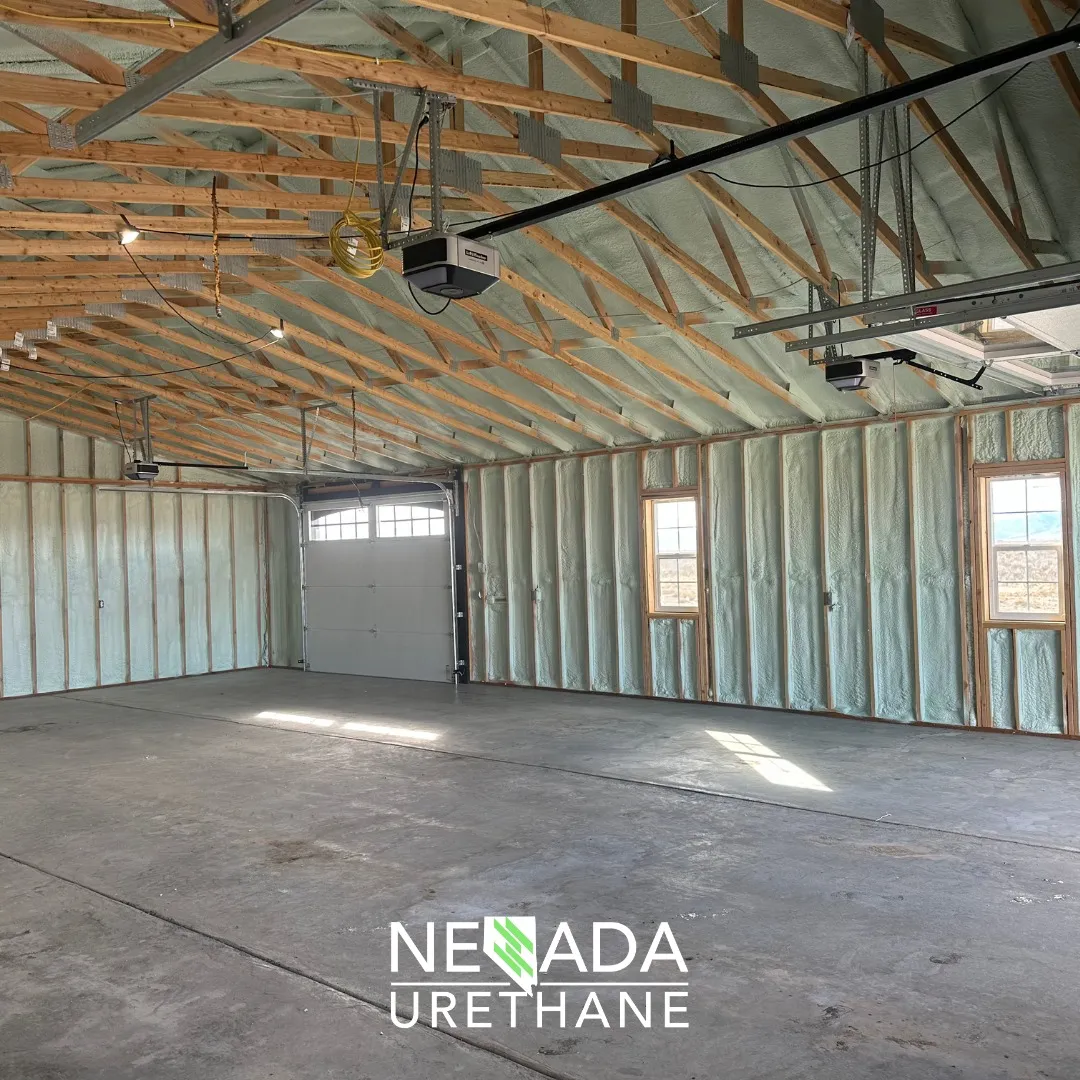
Insulation affects commercial fire safety by slowing the spread of fire, maintaining structural integrity, and reducing smoke generation. Building codes specify insulation types, fire-resistance ratings, and installation methods to meet safety thresholds. Compliance directly influences occupant safety, evacuation time, and property protection.
The choice and application of insulation determine how well a structure can withstand and compartmentalize fire. Fire safety codes mandate the use of fire-rated materials, especially in high-occupancy or multi-use facilities. This content outlines how different insulation materials interact with fire and what must be factored into code-compliant design.
Nevada Urethane applies tested methods and code-aligned materials in extreme Nevada heat and dry climates. This guidance reflects field knowledge from actual Commercial Insulation installations, not theory.
Fire resistance in insulation is defined by how long a material can withstand fire exposure before structural failure or ignition. Codes such as the International Building Code (IBC) and NFPA 285 govern insulation requirements for commercial settings.
| Property | Definition | Standard Reference |
|---|---|---|
| Fire Resistance Rating (FRR) | Time a material resists fire (measured in minutes/hours) | ASTM E119 |
| Flame Spread Index | Surface flame spread rate | ASTM E84 |
| Smoke Developed Index | Volume and density of smoke released | ASTM E84 |
| Combustibility Classification | Whether a material is non-combustible or limited-combustible | IBC, NFPA 101 |
| NFPA 285 Compliance | Exterior wall systems fire propagation standard | NFPA 285 |
Bonus Tip: In high-heat zones like Nevada, rigid foam board used near mechanical systems must be faced with fire-resistant coatings to prevent ignition under ambient stress.
| Insulation Type | Fire Resistance | Smoke Emission | Code Suitability | Notes |
|---|---|---|---|---|
| Fiberglass Batts | High | Low | Meets ASTM E84 | Non-combustible, common in office walls |
| Mineral Wool | Very High | Very Low | Complies with IBC | Ideal for fire-rated assemblies |
| Closed-cell Spray Foam | Moderate | Moderate | Requires thermal barrier | Can ignite if not properly covered |
| Polyiso Foam Board | Moderate | Low | Requires facing/coating | Often used with foil facing |
| Cellulose (Treated) | Low-Moderate | High (if dry) | Limited use in commercial | Retardant-treated but susceptible to age |
Bonus Tip: Code-compliant spray foam systems must be covered by an approved thermal barrier (e.g., 1/2” gypsum) in any occupied commercial space.
Nevada’s low humidity and high daytime temperatures increase the risk of insulation off-gassing and surface ignition. Commercial structures exposed to direct sunlight or built near industrial equipment require insulation with high flame spread resistance.
Materials like mineral wool and foil-faced polyiso offer stable fire performance even when temperatures exceed 110°F. Closed-cell spray foam must be coated with intumescent paint or gypsum for safe application in non-ventilated roof decks.

Bonus Tip: Fire marshals often inspect thermal barriers in commercial spray foam projects during permit approvals — verify compliance during initial design.
Mineral wool, fiberglass, and foil-faced polyiso, when installed in compliant wall assemblies.
Yes, if protected by a tested thermal barrier such as drywall or an intumescent coating.
Yes. Medical facilities often require higher ratings and containment, especially near mechanical systems.
Yes. Water exposure can reduce the effectiveness of cellulose and open-cell foam, compromising fire performance.
For commercial projects that require fire code compliance, contact Nevada Urethane for materials and applications that meet inspection standards and safety benchmarks.
Phone: (775) 397-2820
Email: [email protected]
After installation and every 5 years during general building safety inspections or after significant renovations.
No, but it’s mandated in specific assemblies like exterior walls, mechanical rooms, and high-occupancy areas.
Yes. Blow-in and spray foam methods allow upgrades without full demolition, but fire compliance still needs to be verified.
Yes. Fire performance data must be marked or accompanied by certified documentation for inspections.
Yes. These may include permit rejection, fines, and mandatory removal or replacement.